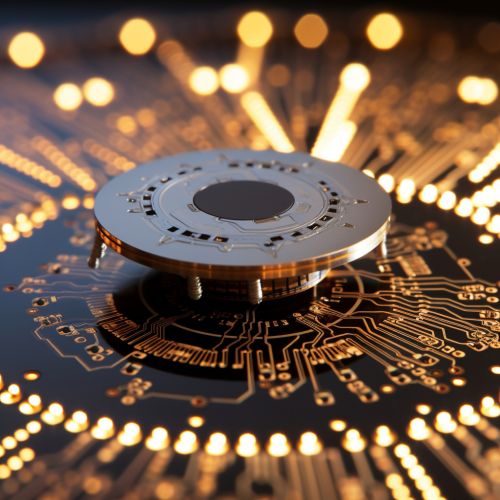Nanoelectronics and the Future of Computing
Introduction
Nanoelectronics refers to the use of nanotechnology in electronic components. The term covers a diverse set of devices and materials, with the common characteristic that they are so small that inter-atomic interactions and quantum mechanical properties need to be studied extensively. As of 2019, the term is applicable to transistors (which are less than 100 nanometers in smallest dimension), memory chips, and even simple electrical components such as wires.


Nanoelectronics vs Microelectronics
Nanoelectronics and microelectronics are sub-disciplines of electronics. Microelectronics has been the driving force behind the birth and rapid growth of the information age. Microelectronic devices include semiconductors, especially the transistors in integrated circuits, which have continued to shrink down to nanoscale dimensions.
Quantum Mechanical Properties
In nanoelectronics, the operating principles of devices and of circuits are based on quantum mechanical effects (for example, the quantum tunnelling effect in the tunnel diode and the quantum Hall effect in the quantum Hall devices).
Nanoelectronic Devices
Nanoelectronic devices can be classified into two types: the first generation, "zero-dimensional" devices, and the second generation, "one-dimensional" devices. The zero-dimensional devices correspond to the use of nanoparticles for electronic components. The one-dimensional devices are an extension of the current technology, shrinking the existing device architecture to its limit.
Future of Computing
The future of computing is a vast topic, covering future generations of computing devices, systems, and the related fields. The future of computing is expected to be a complex combination of traditional and non-traditional computing, which encompasses both digital and analog devices, with interfaces and systems that are driven by algorithms and software.
